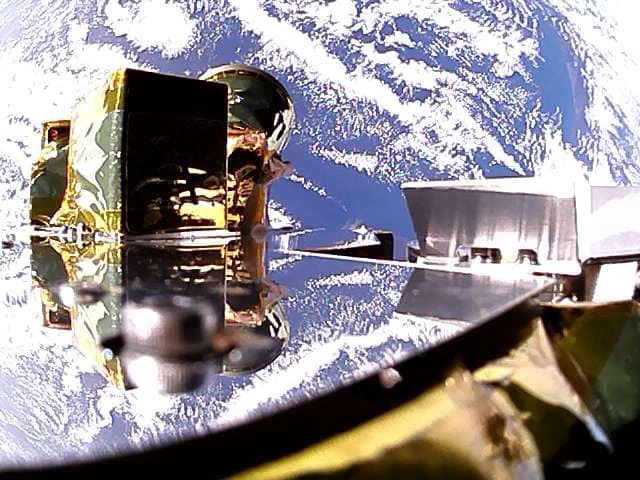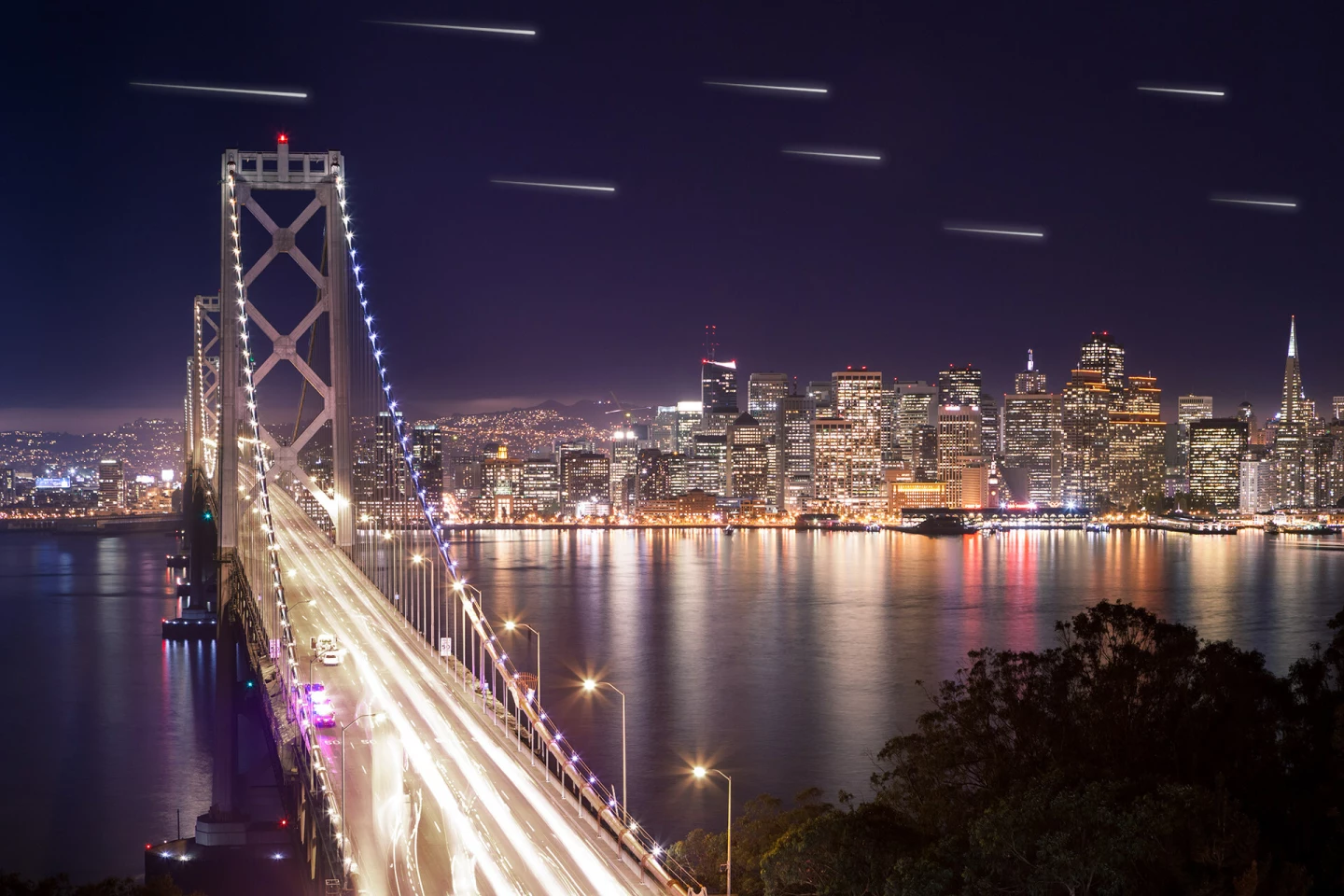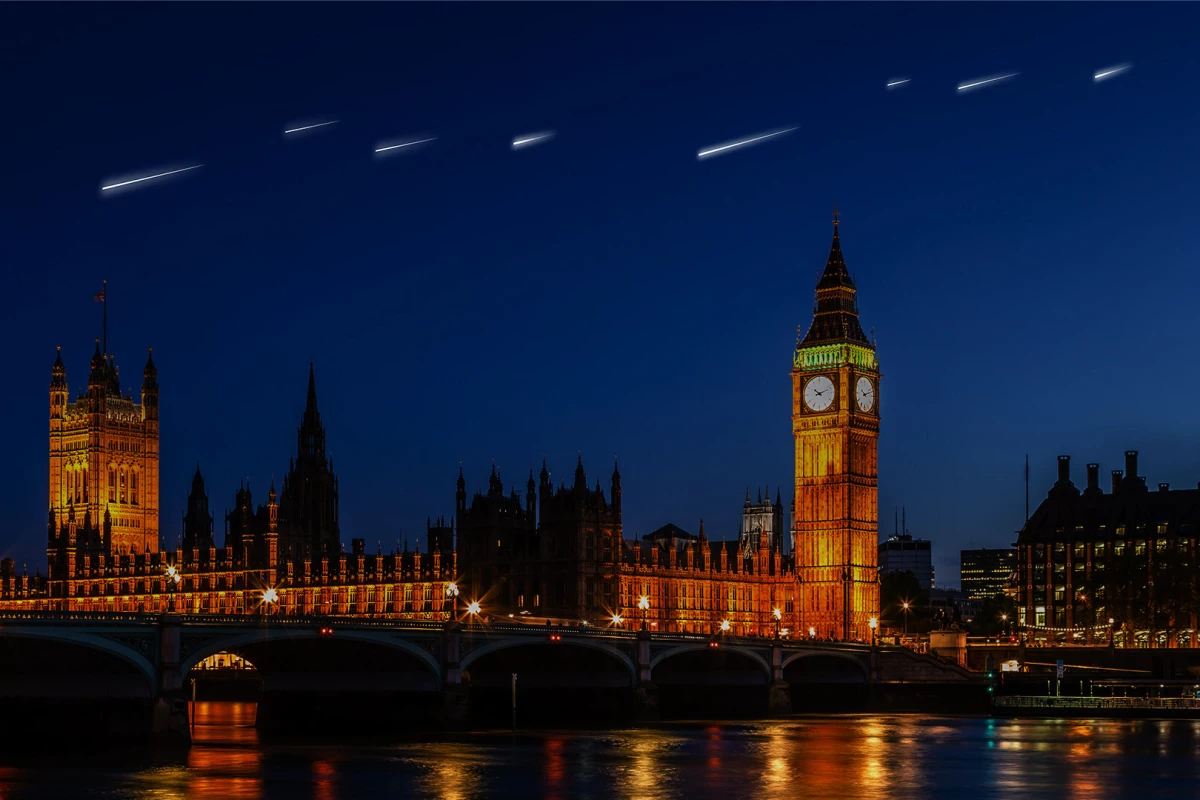Meteor showers are among the most beautiful astronomical phenomena we can experience, but they can be fickle. Now a Japanese company is planning to put on artificial shooting star shows on demand with the Sky Canvas project. And there might be some scientific benefits to it as well.
What we commonly call shooting stars are actually chunks of rock from space, burning up in Earth’s atmosphere. That can take the form of a single streak on any random night, or a spectacular show that lasts hours during the peaks of meteor showers, when Earth is passing through the dusty trails of comets.
As amazing as they are, meteor showers can be a pain to experience. You need the darkest skies you can get, meaning they’re best viewed as far from the city as possible and in the depths of night, between about 2 and 4 am. And even then, you’re at the mercy of the weather and whether the meteors feel like showing off that night.
ALE Co, a Japanese space startup, is planning to make meteor showers a bit easier to see. The Sky Canvas project involves dropping 1-cm (0.4-in)-wide spheres of material from satellites, which mimic shooting stars by burning up in the atmosphere and glowing.
With this system, the company says it can put on these artificial shooting star shows anywhere on Earth, on demand, visible from an area spanning 100 km (62 miles) in each direction. The fake meteors travel slower and glow for longer than their natural counterparts, so even the slowest eyes can take in the sights.

ALE has been talking about doing this for the better part of a decade now, but it seems like things are really ramping up lately. Permits and approvals have been granted, and two satellites full of spheres are apparently already orbiting Earth, having launched in 2019, with another due next year before the first commercial show takes place in 2025. As part of the preparations, a Discord server and a line of “VIP Pass” NFTs have also been launched, two years after the rise and fall of the digital collectibles.
The company has also headed off some of the main concerns people will no doubt have about the idea. No, they won’t kill anyone – the particles are too small to reach Earth, and are made of similar stuff as natural meteorites to ensure they’ll burn up. No, they won’t hit planes or other aircraft – they’re dropped from much higher up. Their impact on the environment and astronomical observations should be minimal. And before you rush to the comments section, rest assured they’ll be useless as Bond-villain weapons.
As added justification, ALE says that the artificial shooting stars can help teach scientists about the mesosphere, the region of Earth’s atmosphere where they’ll burn up. Since it’s too high for weather balloons and aircraft, and too low for satellites, it’s poorly understood, but scientists could study the meteorites’ interactions to better understand the mesosphere and improve climate models.
The idea of creating a new kind of light show in the sky is an intriguing one. Everyone loves a fireworks display, but they’re pretty loud, dangerous, expensive and environmentally unfriendly. Drone shows are gaining traction, and artificial meteor showers could be next level.

But questions remain, of course. Launching stuff into orbit is notoriously expensive and dirty, and refilling the satellites with new ammo isn’t an easy job. Unless they’re way brighter than natural shooting stars, you’re not going to see them over cities anyway, no matter what all their renders imply.
And of course, maybe half the appeal of seeing a meteor shower is because it’s hard to do. Journeying out into the sticks in the middle of the night and watching the skies intently for a rare fireball from space is an unparalleled experience. If artificial aurora ever become a thing – and we’re sure some company is toiling away on that as we speak – they surely won’t feel as magical.
Either way, we’ll soon find out if artificial meteor showers are a viable entertainment option.
Source: Sky Canvas via PR Newswire





